Balneário Dunas Altas, Southern Brazil; By Andrew Cooper
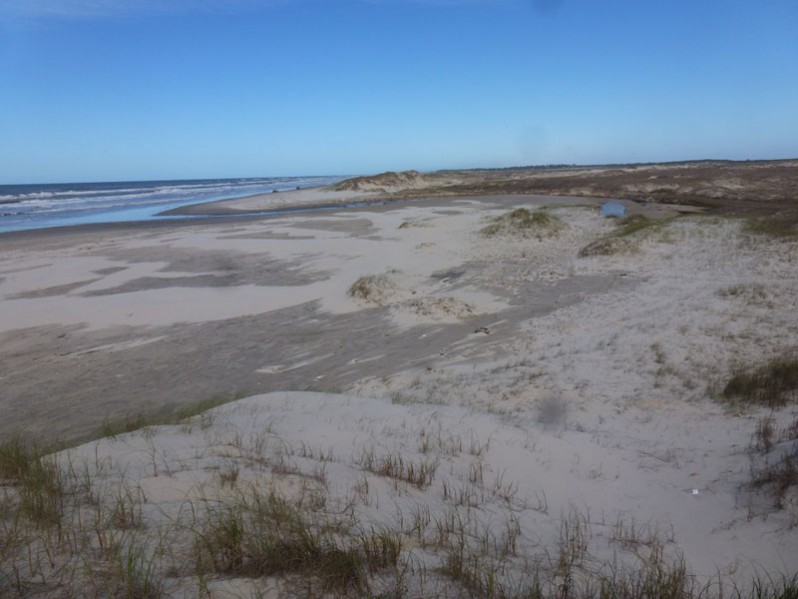
A small beach community on the coast of Rio Grande do Sul province in Brazil, Dunas Altas comprises a set of holiday homes, occupied only in the summer. Dunas Altas is near the northern end of a beach that runs unbroken for 300 km from Rio Grande to Tramandai.
St. Ninian’s Tombolo, Shetland, Scotland; By Norma Longo

Despite its icy temperatures, a Shetland beach has been named among the best places in the world to swim, alongside those in the Caribbean, Australia and the Mediterranean. This beach is St. Ninian’s Tombolo, a coastal feature that connects the southwest Shetland Mainland with St. Ninian’s Isle.
The Colors Of Beach Sand; By Gary Griggs
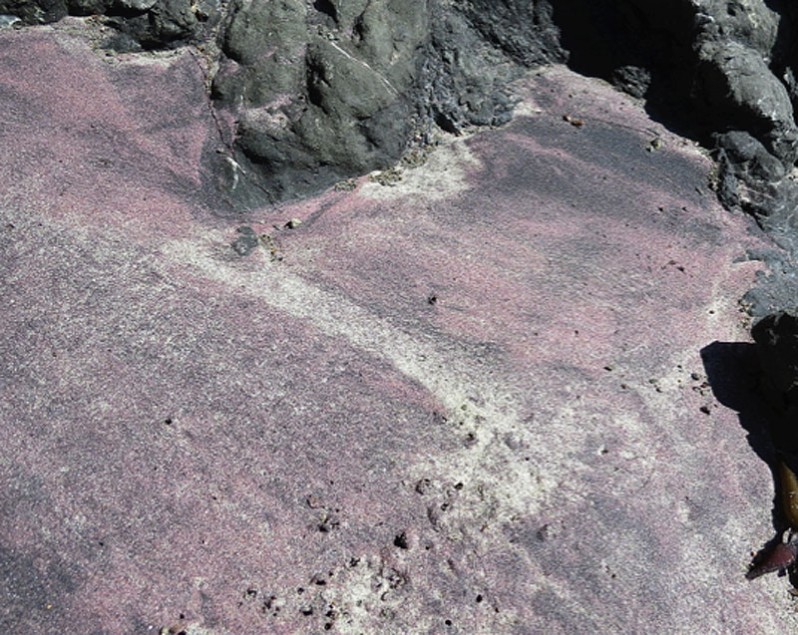
The color of any beach reflects the mineral composition of the sand grains. Whether derived from the local bluffs or cliffs, the rivers and creeks that drain to the coast, or the organisms that may populate the near shore area, or coralline algae, mollusks, foraminifera or any of a number of other invertebrates that make hard skeletons or shells, it is these locally derived materials that make each beach a little different and somewhat unique.
Dauphin Island, AL; By George Crozier and John Dindo
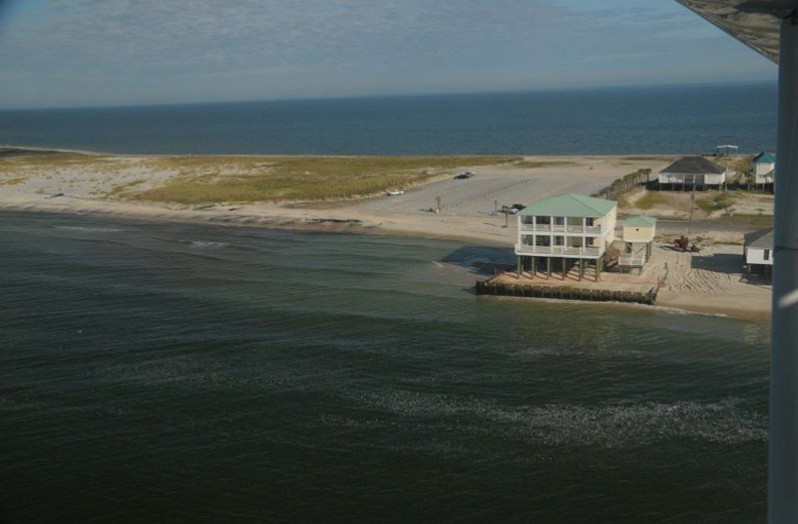
Dauphin Island is a “drumstick” shaped barrier island (16miles/26 km) on the western side of the main pass at Mobile Bay about 48 km (30 miles) south of Mobile, Alabama. The relationship between the east end of the island and the ebb tidal delta, referred to as the “Sand Island/Pelican Island” complex, is extraordinarily dynamic and complex.
Beaches of Sleeping Bear Dunes National Lakeshore, Michigan; By William J. Neal & Gregory C. Wilson

Sleeping Bear’s recognition as one of Nature’s masterpieces of the work of glaciers, lakes, wind and water, led to its 71,000 acres being given National Lakeshore status in the National Park System in 1970. Just as significant was the designation of over 32,000 acres of that area as ‘Wilderness’ in the National Wilderness Preservation System in 2014.
Monterey Bay, California: Beach Sand Mining from a National Marine Sanctuary; By Gary Griggs
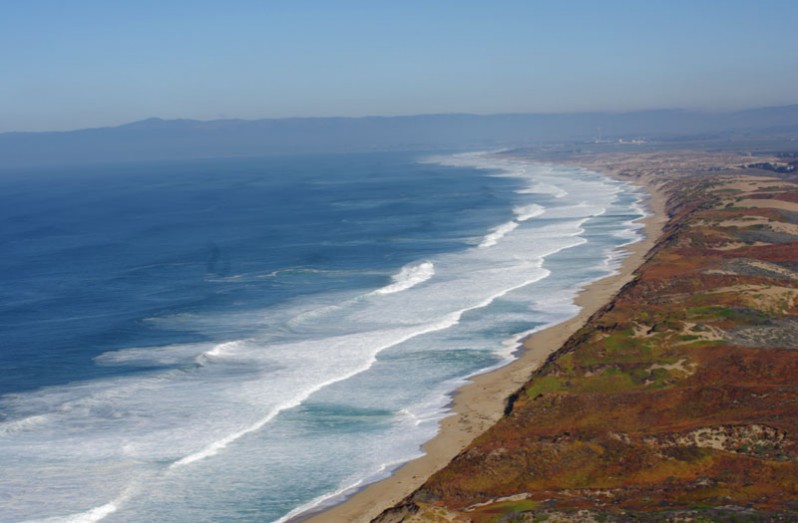
The 30-mile long, continuous sandy shoreline around Monterey Bay is the most visited stretch of shoreline on the central coast. Yet, it holds the dubious distinction of being the only active beach sand mining operation along the entire United States shoreline. To make matters even worse, it all takes place along the shoreline of a protected National Marine Sanctuary. Something is seriously wrong with this picture.
Volunteer Beach, Falkland Islands; By Joe Kelley
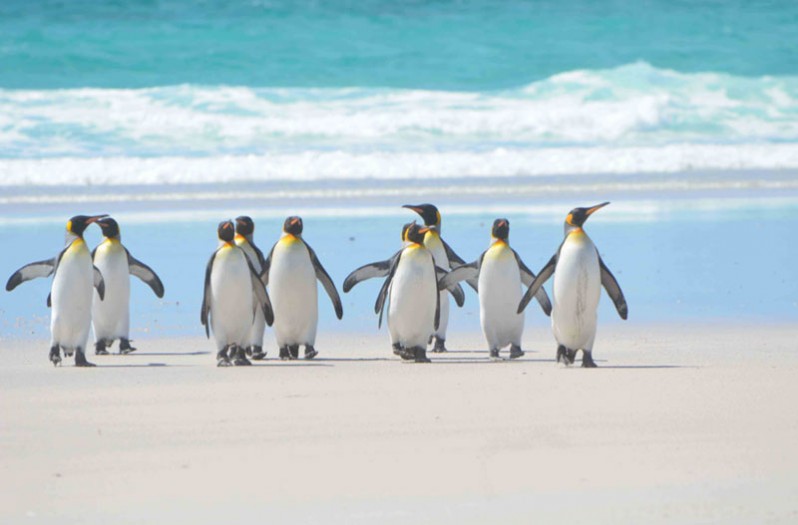
The Falkland Islands are a place distant from most people, but magical in their wildness and wildlife. Volunteer Beach is one of the nearest big beaches to the only town in the Falklands, Stanley.
Kamchia-Shkorpilovtsi Beach, Bulgaria; By Margarita Stancheva, Rob Young & Hristo Stanchev
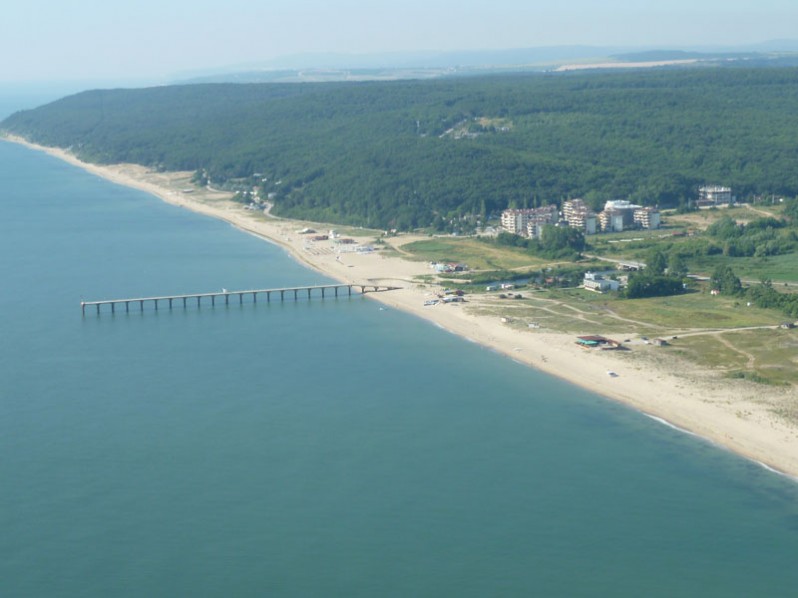
In the middle of the Bulgarian Black Sea coast is Kamchia-Shkorpilovtsi beach, the longest sand beach in Bulgaria. The beach is fairly undeveloped and natural, in particular in its southern part.
Sand Beaches Of The Northeast Coast Of Saudi Arabia; By Miles O. Hayes and Jacqueline Michel

The purpose of this discussion is to describe the geomorphology and dynamic coastal processes of the sand beaches along the northeast coast of Saudi Arabia. The study area extends from the Kuwait border to the southern end of Abu Ali. This is, in effect, the shoreline oiled during the Gulf War oil spill of 1991, the largest oil spill in history. By Miles O. Hayes and Jacqueline Michel.
